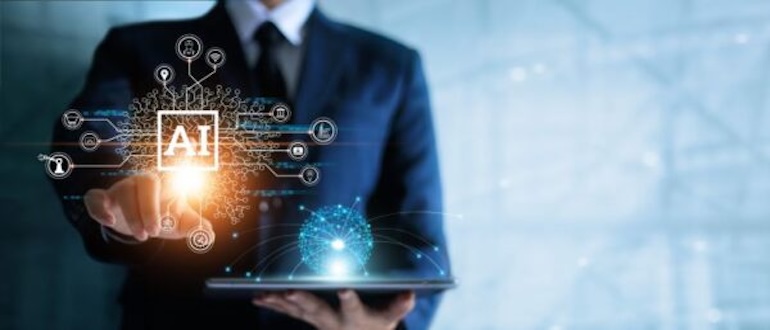
Artificial intelligence (AI) can create fantasy landscapes, show a giraffe piloting a rocket ship, turn out rap verses, and just about conjure any image or literary content that is asked of it, but at what point should those outputs be eligible for copyright protection? In the ever-expanding universe of AI, the question of authorship has become a legal – and even philosophical – quagmire.
As AI-generated art floods social media, digital galleries and books, the U.S. Copyright Office finds itself right inside a 21st-century Pandora’s Box. This is not the first time that the Office has had to ponder the effects of an emerging technology on its policies. As early as 1965, according to the Office, developments in computer technology had raised “difficult questions of authorship.” But certainly AI poses a whole new challenge.
In January, 2025, the Office issued the second part of a report on the legal and policy issues related to copyright and AI. Whereas the first part, “Copyright and Artificial Intelligence, Part 1, Digital Replications,” published on July 31, 2024, stressed the need for additional federal legislation to protect individuals against unauthorized AI-generated digital replicas, including text, images, video and audio, the second part, “Part 2: Copyrightability,” is a double-down on its existing policy in that realm.
“Based on the fundamental principles of copyright, the current state of fast-evolving technology, and the information received in response to the NOI (Notice of Inquiry), the Copyright Office concludes that existing legal doctrines are adequate and appropriate to resolve questions of copyrightability. Copyright law has long adapted to new technology and can enable case-by-case determinations as to whether AI-generated outputs reflect sufficient human contribution to warrant copyright protection.”
“As described above, in many circumstances these outputs will be copyrightable in whole or in part—where AI is used as a tool, and where a human has been able to determine the expressive elements they contain. Prompts alone, however, at this stage are unlikely to satisfy those requirements. The Office continues to monitor technological and legal developments to evaluate any need for a different approach.”
Shira Perlmutter, register of Copyrights and director of the U.S. Copyright Office, said “After considering the extensive public comments and the current state of technological development, our conclusions turn on the centrality of human creativity to copyright. Where that creativity is expressed through the use of AI systems, it continues to enjoy protection. Extending protection to material whose expressive elements are determined by a machine, however, would undermine rather than further the constitutional goals of copyright.”
In early 2023, the Office announced a “broad initiative to explore the intersection of copyright and artificial intelligence.” A series of online listening sessions followed, that included educational webinars that explained to staff how the technology works and how it is used, as well as the copyright implications and the potential impact on businesses and individuals.
“These activities culminated in an August 2023 NOI, formally seeking public input on the full range of copyright issues that had been raised. In response, we received more than 10,000 comments representing a broad range of perspectives, including from authors and composers, performers and artists, publishers and producers, lawyers and academics, technology companies, libraries, sports leagues, trade groups and public interest organizations, and even a class of middle school students. Comments came from all 50 states and from 67 countries. That valuable and extensive input, supplemented by additional Office research and information received from other agencies, forms the basis for the discussion and recommendations in this Report.”
More than half of the 10,000 comments that poured in from the NOI addressed copyrightability, and most people who submitted comments stated that material generated wholly by AI should not be copyrightable. But those same respondents differed on what percentage of human contribution should be reached in determining copyright protection. Adhering to a such a standard would be complicated, and would likely spark legal challenges. By doubling down on its policy, the Office retains the authority to make case by case determinations.
“As a matter of policy, some argued that extending protection to materials created by generative AI would encourage the creation of more works of authorship, furthering progress in culture and knowledge to the benefit of the public. The Office also heard concerns that an increased proliferation of AI-generated outputs would undermine incentives for humans to create.”


